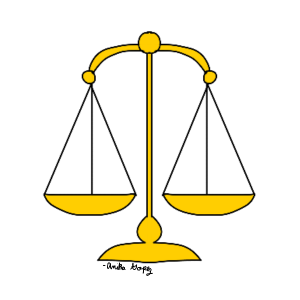Yvonne Swan (she/her)
By Olivia Londura

Yvonne Swan Wanrow is a Sinixt Indigenous woman who was born in 1943 and raised on the Colville Reservation, which is located 113 miles northwest of Spokane, Washington. When she was found guilty of murdering her attacker and known predator, William Wesler in August 1972, she was convicted by a jury that was all white. Wanrow’s case was then known as the first self-defense case for women. This would later on impact countless cases regarding self-defense of minority groups and women. Once other women, active groups, and supporters of Wanrow caught wind of the issue at hand, they all realized it was a biased jury and trial and protested the arrest and conviction. Wanrow’s conviction and the protests that followed helped bring to light what it meant for a woman to protect herself against an attacker, and ultimately what self defense was like for women who suffered abuse. Her case was brought into the Washington Supreme Court because she did not give up fighting for her rights and for the rights of other women, and especially indigenous women.
The Wanrow case recognized the challenges brought onto women, and shined a light on those who properly defended their children and themselves specifically against male violence. The case also inspired a generation of Indigenous gender resistance movements, and influenced the Women of All Red Nations (WARN) and the American Indian Movement (AIM). Numerous people could relate to her defense against abuse, and came to gather and defend the rights of Yvonne Swan Wanrow, and created groups and protests to bring this case to attention. In the U.S., Indigenous people have suffered from a copious amount of violence from governmental institutions in plans of eradicating them from their own land. Furthermore, Wanrow became a victim to this violence in the first stages of being convicted in court, and they tried to silence her. In relation to her case, this is how WARN was created and brought on, it was made to make sure that all indigenous women had a voice and were being heard. The American Indian Movement is much similar, it was initially an urban-focused movement created in acknowledgment to police cruelty and racial profiling, but ever since the increase in violence against indigenous people during the time Wanrow was convicted, AIM’s group began to be more known of.
Once Wanrow was ultimately heard out and was properly defended, her trial in the court ended on April 26, 1978. She once again pleaded guilty for defending herself against herattacker, and in return it decreased the charges of manslaughter and second-degree assault in the location of the Spokane County Superior Court. Wanrow was then sentenced to serve five years of probation, per Judge Harold Clarke.

